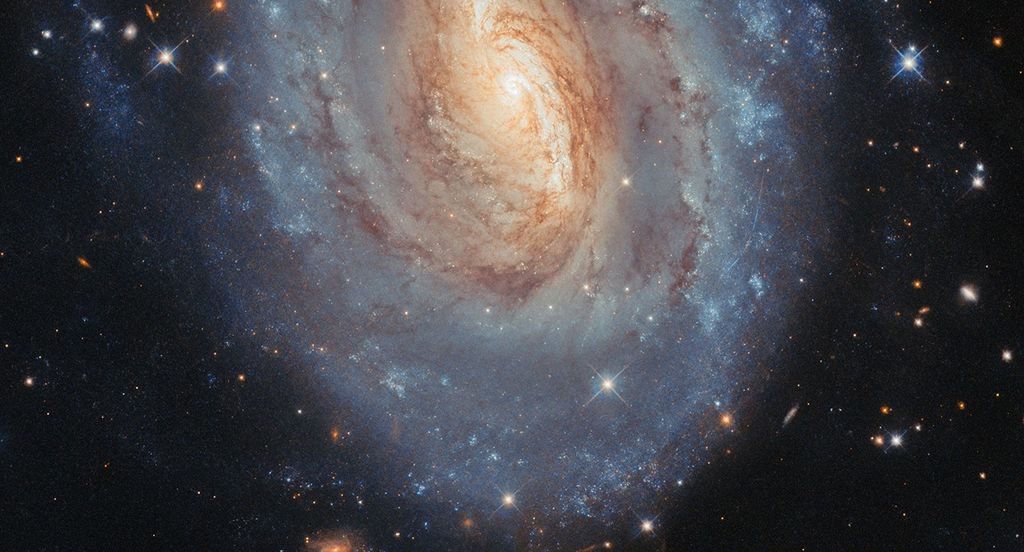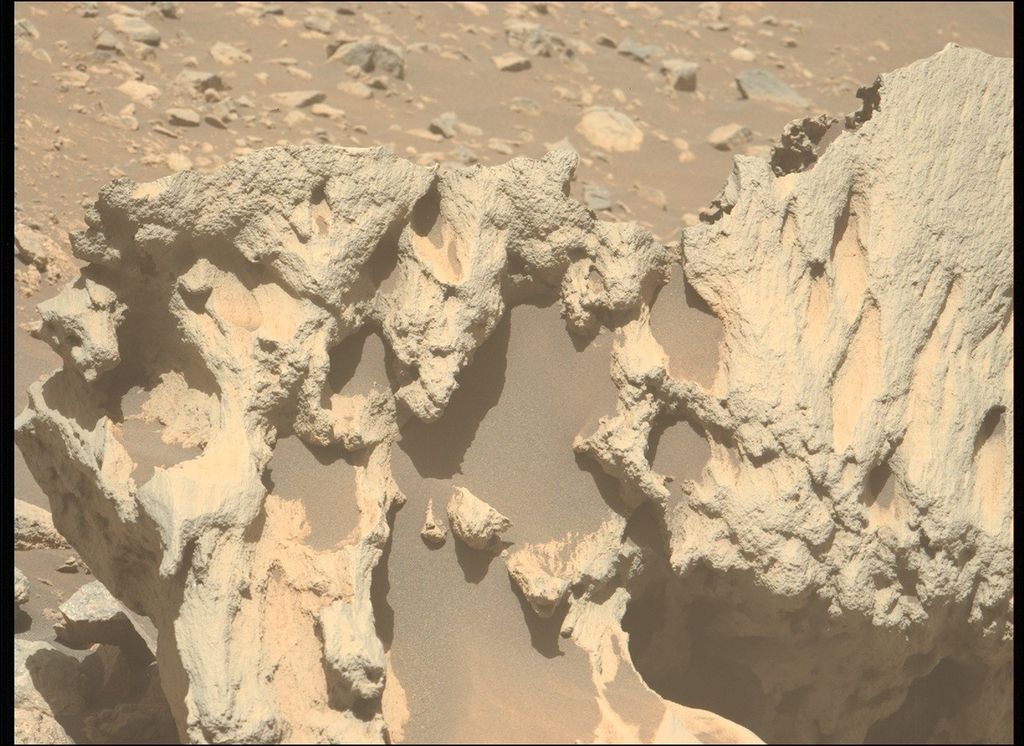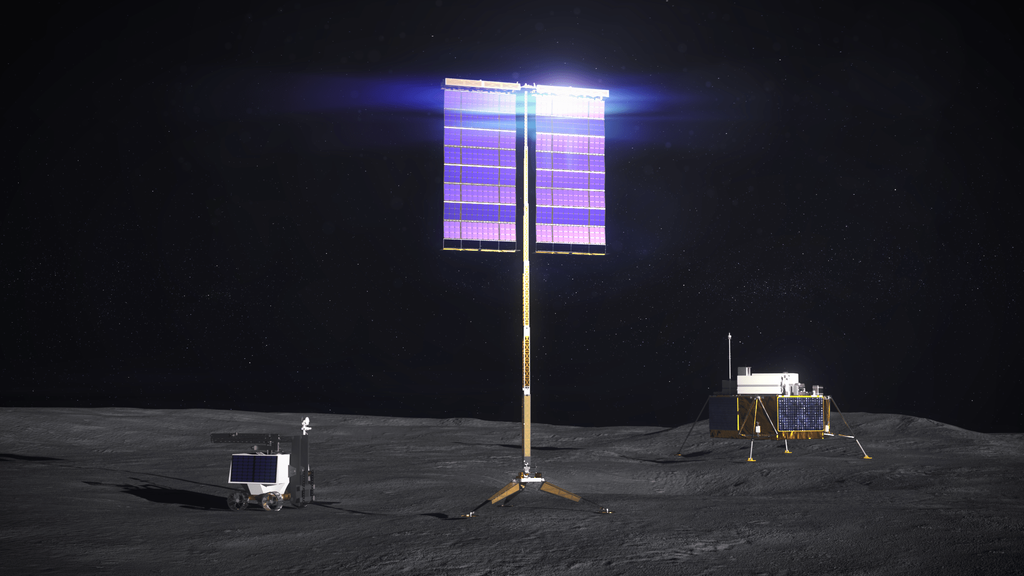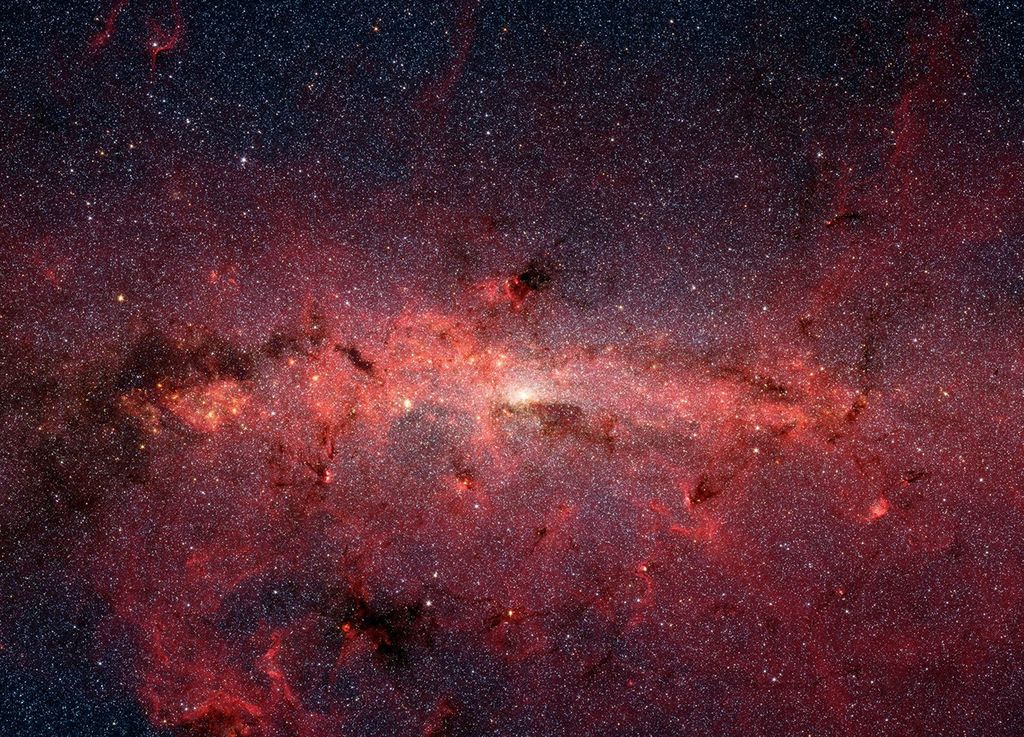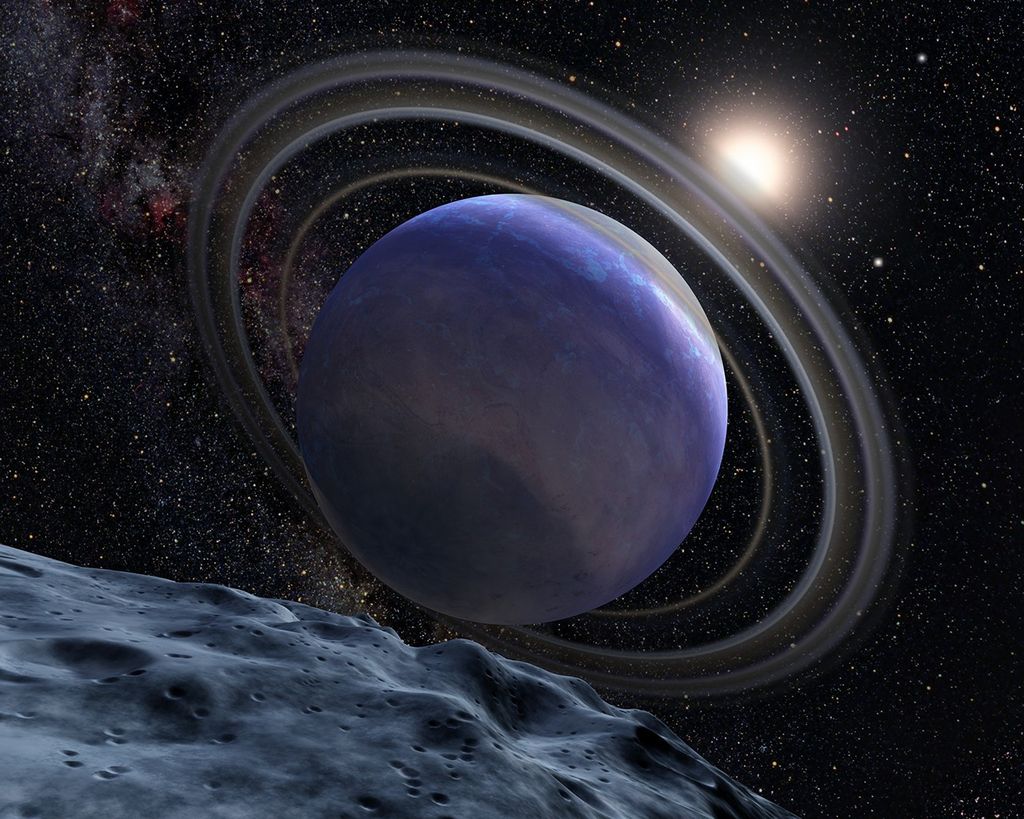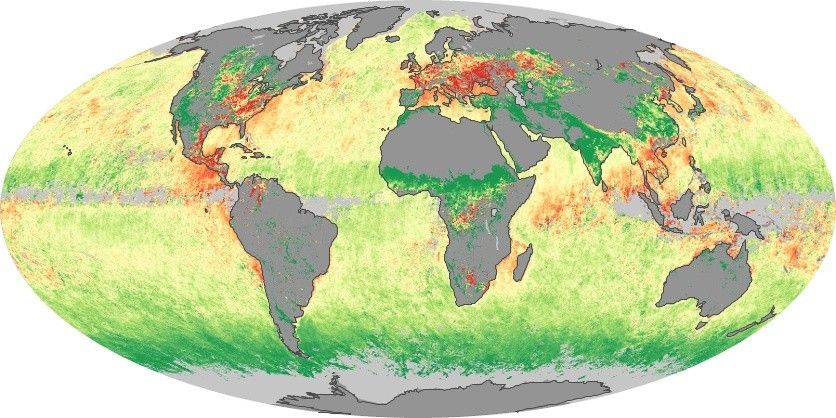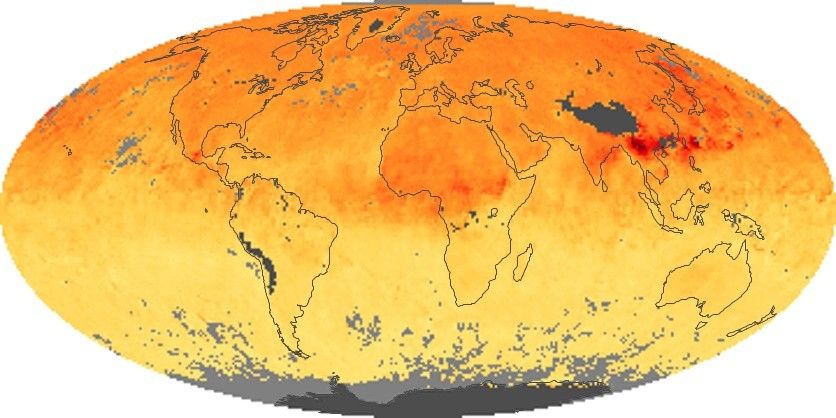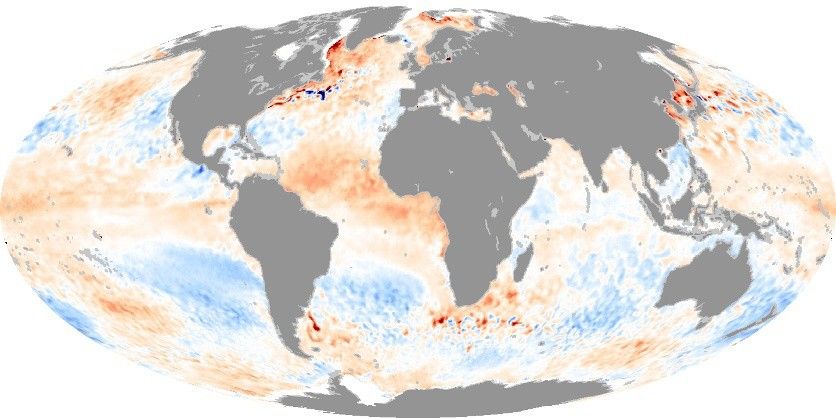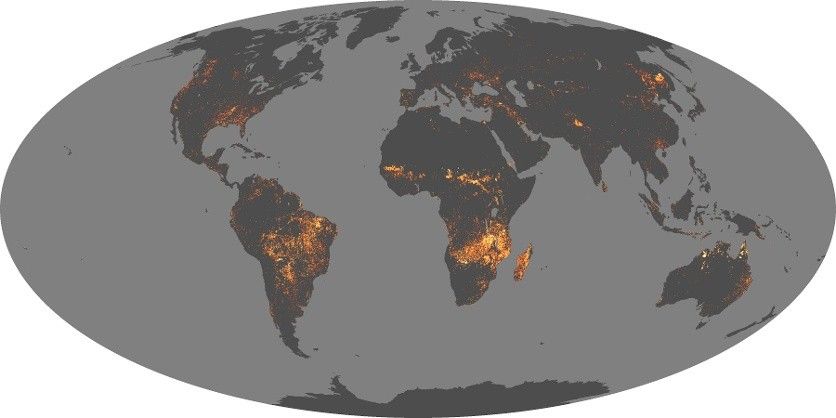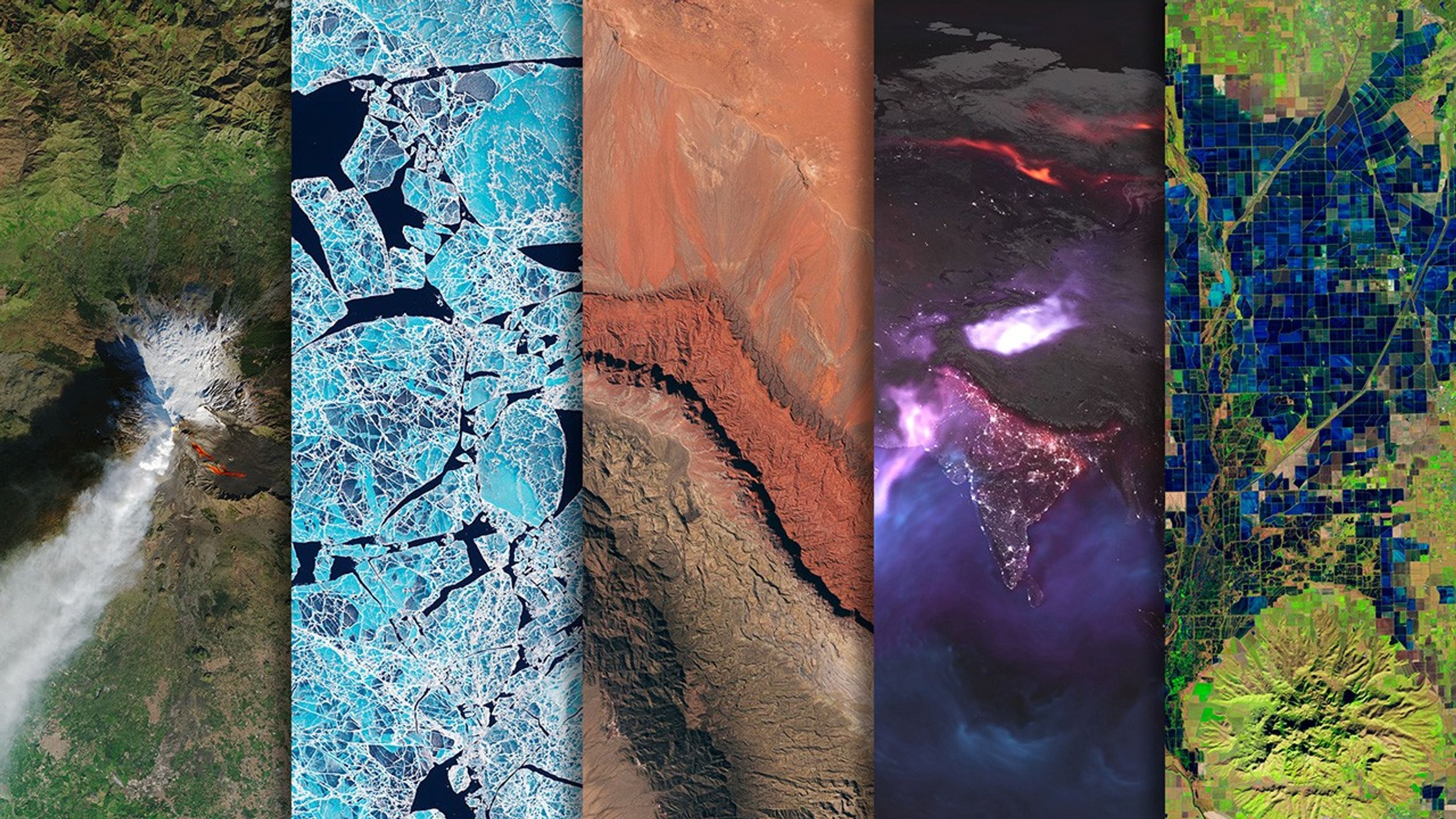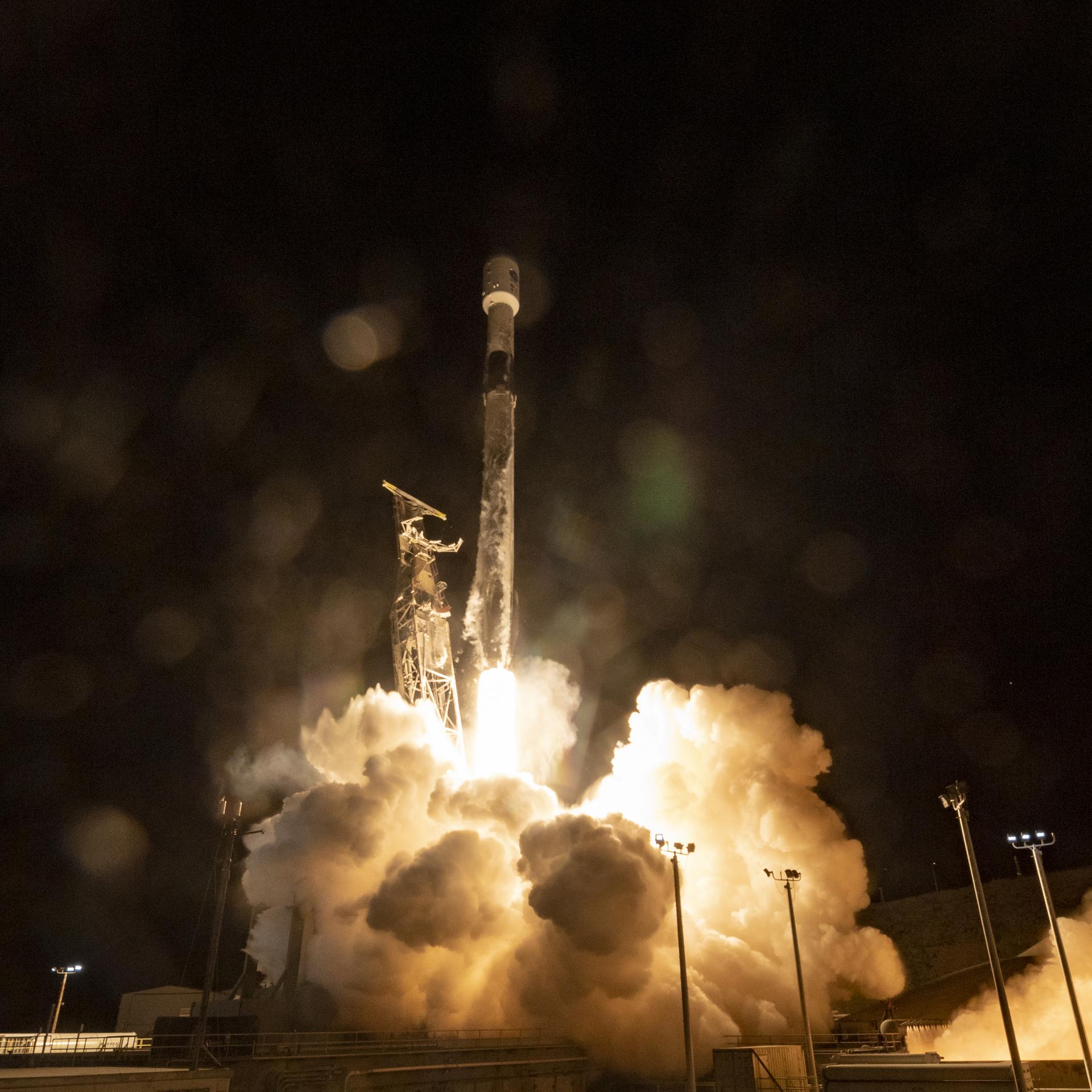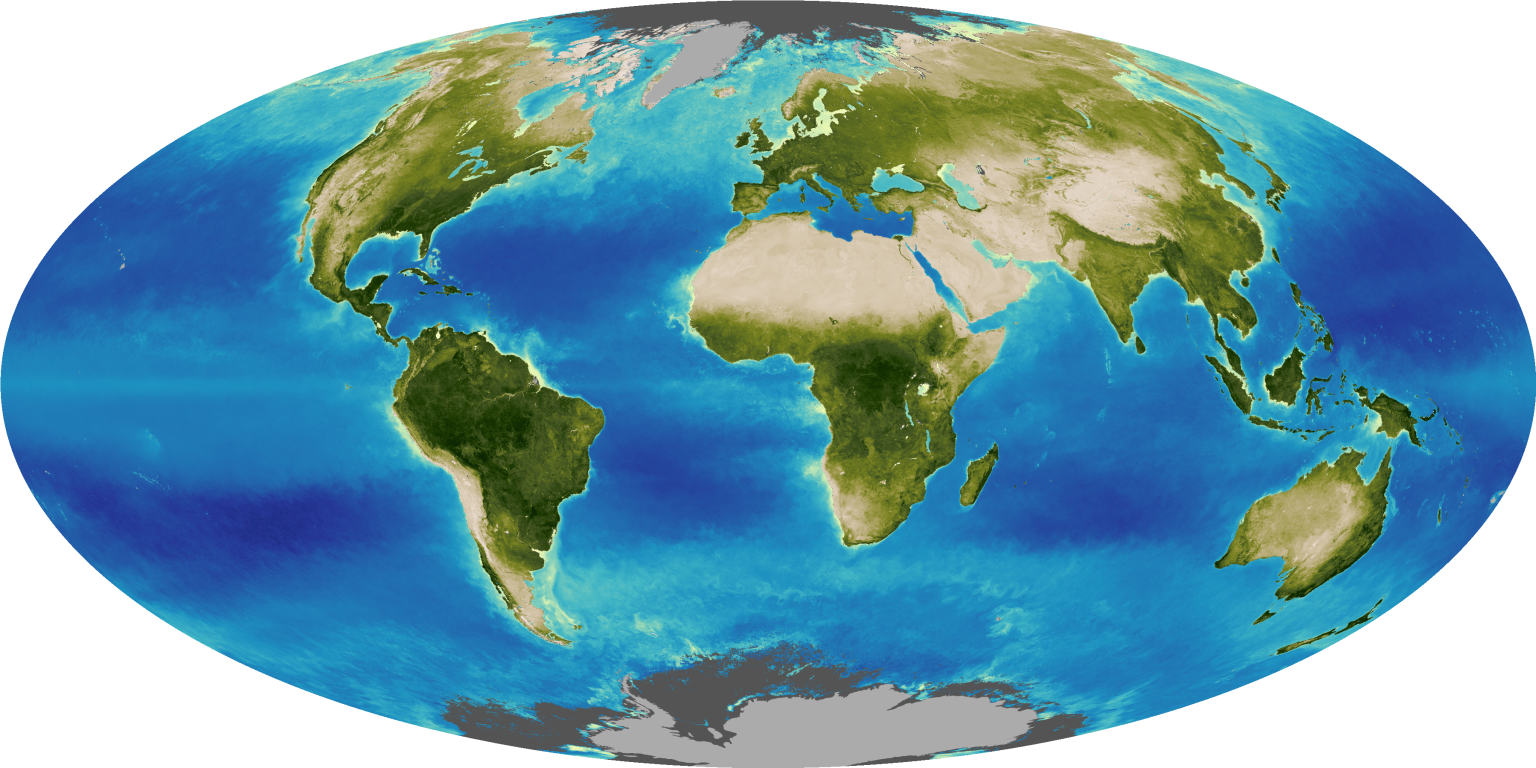Vegetation
More from the Earth Observatory

Greening Up Globally: Forests and Farms | EO Kids Magazine
EO Kids is seeing green! Can people really change the color of our planet? Find out how Earth is greening…
Apr 17, 2019
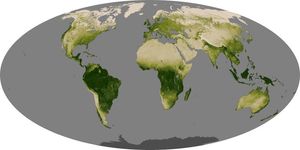
Vegetation
Greenness is an important indicator of health for forests, grasslands, and farms. The greenness of a landscape, or vegetation index,…
Oct 25, 2018
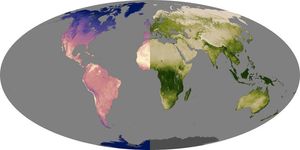
Land Surface Temperature & Vegetation Comparison
Temperature is one of the three major influences on global patterns of plant growth. Along with available sunlight and water,…
Oct 25, 2018

